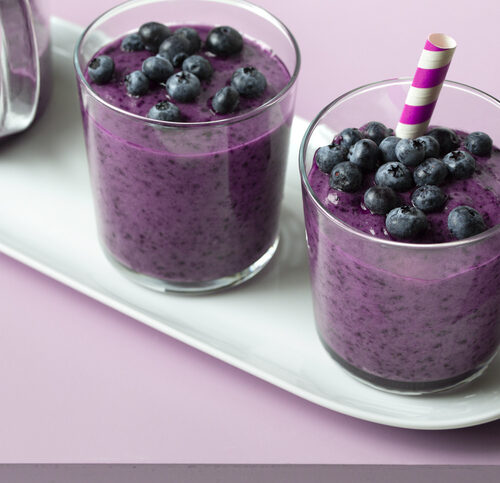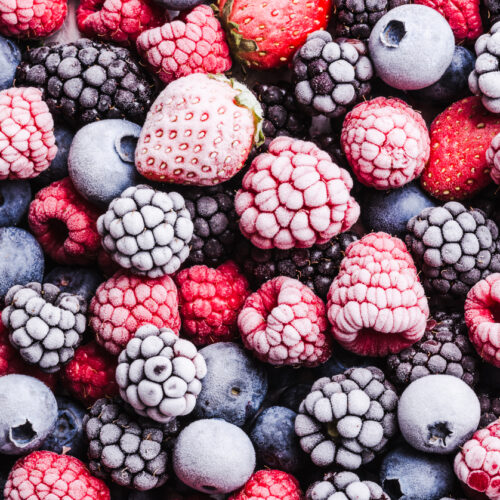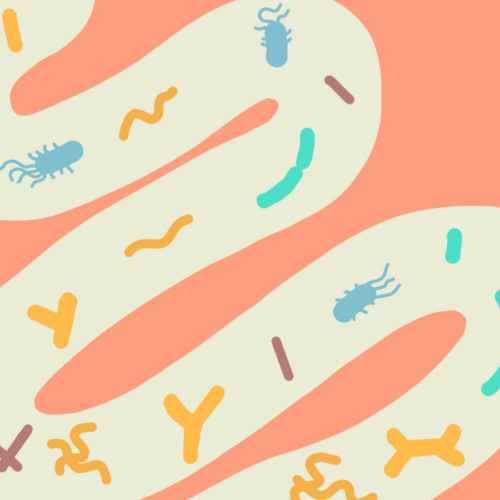
Senior nutritionist Rose Carr takes a look at how you can help protect your child’s tooth enamel through diet and dental hygiene.
Q: My seven-year-old has just been diagnosed with hypoplastic tooth enamel. As a result of this condition, she has many caries despite me brushing her teeth twice a day. Her diet is dairy free and gluten free due to intolerances. She has nuts, seeds, loads of rainbow-coloured veges, salmon and other meat and very little sugar and processed foods. How can I top up her calcium intake and do you have any other suggestions to help look after her teeth?
A: Enamel is a hard layer designed to protect our teeth. Even harder than bone, enamel comprises around 95 per cent calcium salts – mainly calcium phosphate and calcium carbonate. This is our barrier against acids that dissolve the dentin found under the enamel. Hypoplasia of the enamel, a defect that can happen while teeth are developing, leaves enamel thin and teeth vulnerable to decay and sensitivity.
For strong teeth and bones, we need to consume plenty of calcium and, for people without allergies or intolerances, dairy is a brilliant source. Not only is dairy rich in calcium, it also has other nutrients that mean the calcium is readily absorbed.
However, for people who need to avoid dairy, there are other ways to increase the calcium intake, but it can be difficult to get enough without including a calcium-fortified non-dairy milk.
These are good sources of calcium:
- Non-dairy milks fortified with calcium
Check the labels and look for ones with a minimum of 120mg calcium per 100ml - Canned sardines or canned salmon
It’s the soft bones that have the calcium - Tofu
Check it’s been made using a calcium coagulant. And for people on a gluten-free diet, check it’s gluten free - Green veges
Such as Chinese cabbage, broccoli and green beans Red kidney beans and chickpeas - Almonds and hazelnuts
Sesame seeds and tahini (ground sesame seed spread)
Save your tooth enamel
Tooth enamel is constantly being demineralised and remineralised, or dissolved and reformed. Demineralisation occurs after eating or drinking carbohydrates, as the sugars from these react with plaque to form acid. This acid dissipates within about 30 minutes, after which the teeth remineralise using calcium and phosphate released from our saliva.
- Wait for 30 minutes after eating before brushing teeth, otherwise we remove part of the dissolved enamel and reduce the remineralisation
- Use a soft toothbrush that is less abrasive
- While younger children do need to eat more frequently, as they have smaller stomachs, for dental health, ensure eating frequency is no more than necessary
- It’s recommended sugary foods are eaten as part of a meal rather than a snack. In fact, small, frequent amounts of sugar cause more damage than the same amount eaten on one occasion
- When small particles of sticky food remain between teeth, they cause continual acid production. So, fresh fruit is less likely to cause caries than dried fruit
- Get the saliva going. Saliva not only delivers minerals to the teeth, it also helps protect against caries by removing food particles from teeth and neutralising acids
- While not suitable for young children, dentists often recommend sugar-free chewing gum after eating as a way to stimulate saliva production
- Fluoride from toothpaste and our water supply helps remineralisation of teeth
- Some ‘sensitive’ toothpastes contain other ingredients that help strengthen tooth enamel. Check the claims, as not all work that way.
Article sources and references
- Australian Dental Association, ada.org.au Accessed August 2018https://www.ada.org.au/Dental-Health-Week/Home
- Bilje MN et al. 2018. The combined enamel remineralization potential of arginine and fluoride toothpaste. Journal of Dentistry 76:75-82https://www.ncbi.nlm.nih.gov/pubmed/29935996
- Gandy J ed & The British Dietetic Association. 2014. Manual of Dietetic Practice 5th ed. Wiley‑Blackwellhttps://www.wiley.com/en-ws/Manual+of+Dietetic+Practice%2C+5th+Edition-p-9780470656228
- New Zealand Dental Association. 2013. NZDA Position Statement. Child oral health, nzda.org.nz Accessed August 2018https://www.nzda.org.nz/public/resources/position-statements
- Salanitri S & Seow WK. 2013. Developmental enamel defects in the primary dentition: Aetiology and clinical management. Australian Dental Journal 58:133-40https://www.ncbi.nlm.nih.gov/pubmed/23713631
- Wang Y et al. 2016. Remineralization of early enamel caries lesions using different bioactive elements containing toothpastes: An in vitro study. Technology and Health Care 24:701-11https://www.ncbi.nlm.nih.gov/pubmed/27233091
www.healthyfood.com










